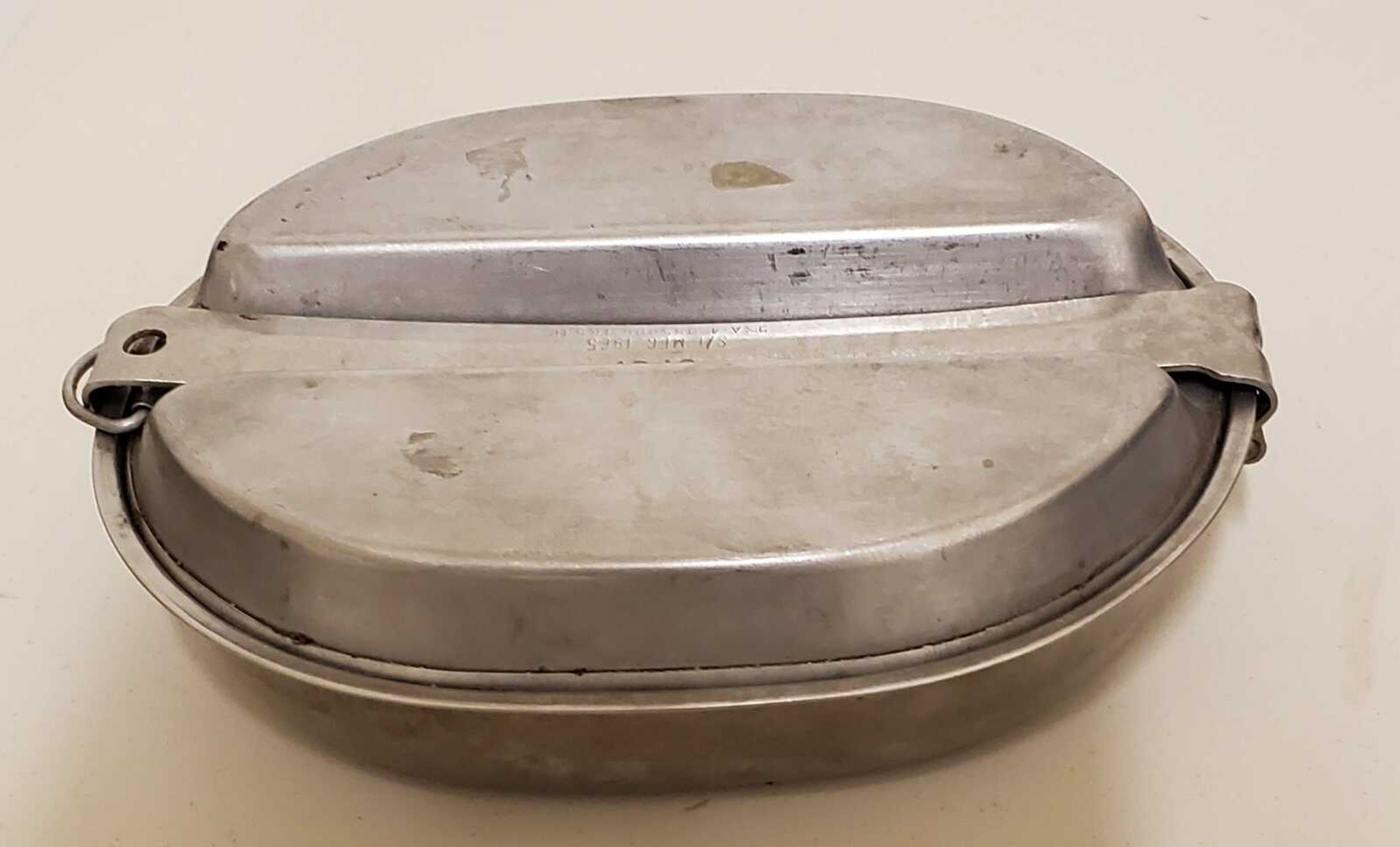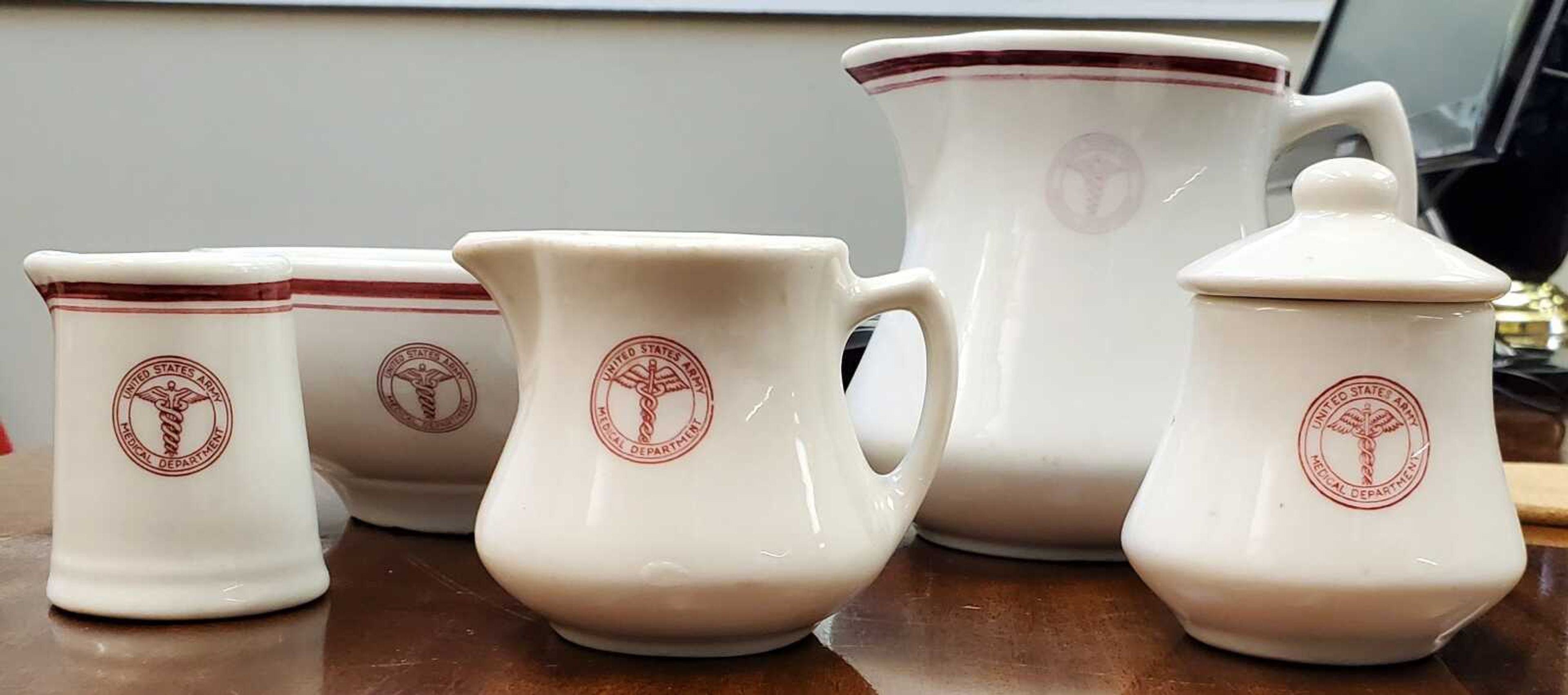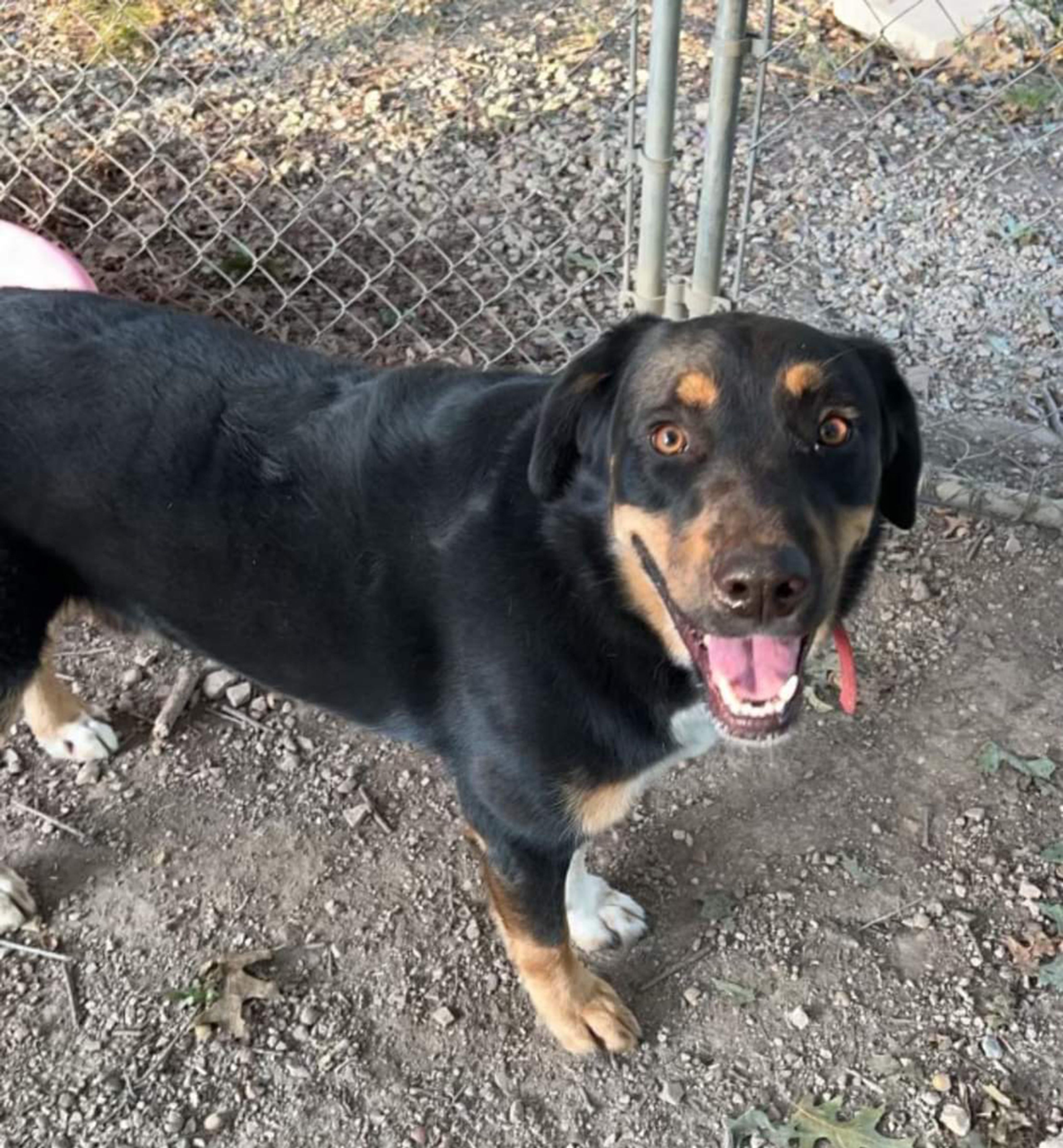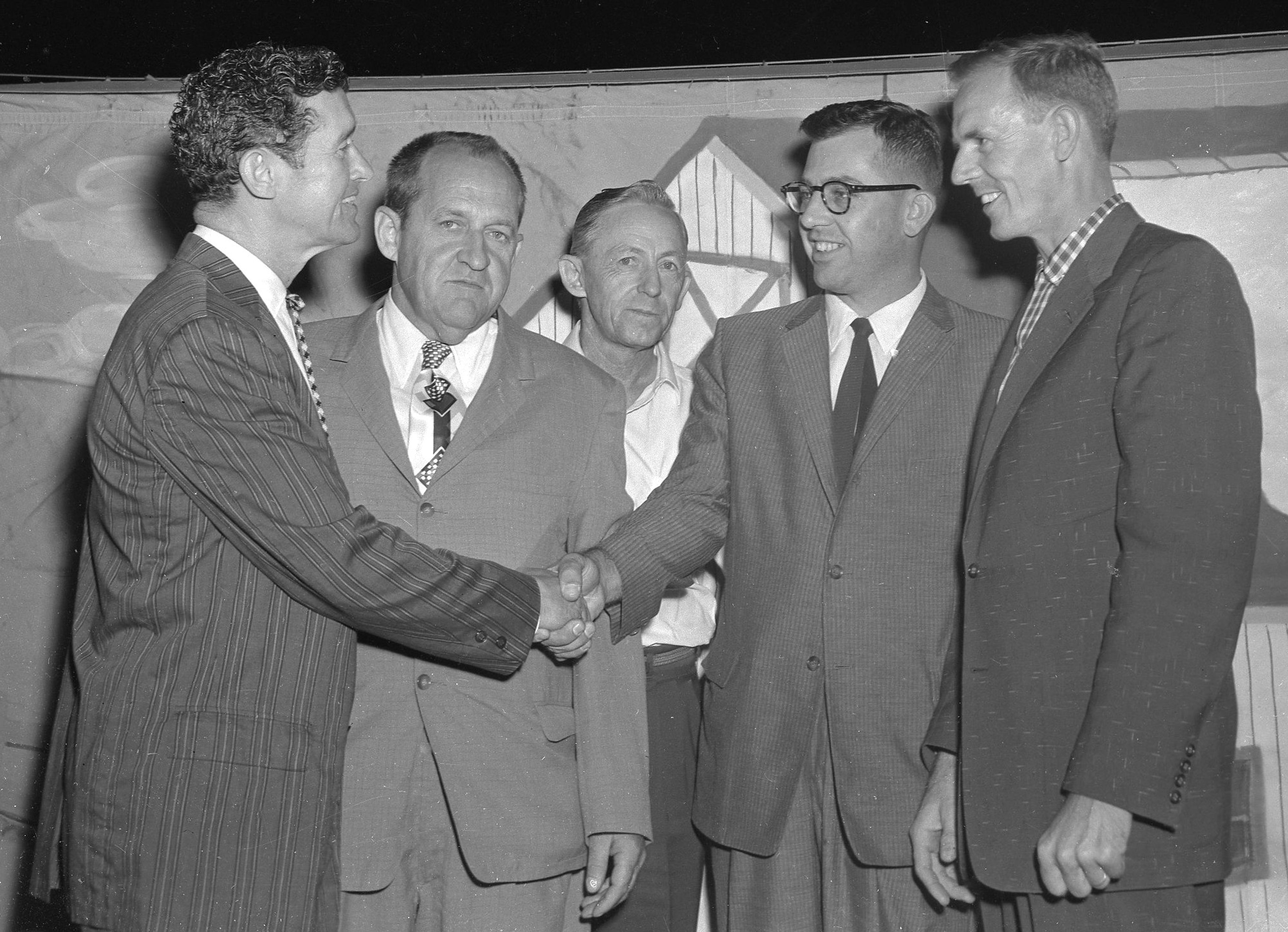This month's article is an introduction to one of the educational tubs for loan from the Red Clifton military collection at the Cape County History Center. More articles will follow later.
The U.S. military has evolved since the founding of this country and each branch has a name for where troops eat. The Army, Air Force and Marines refer to their eating facility as a "dining facility" or "mess hall" or "chow hall". The Navy has the "galley". The Clifton collection contains examples of food and cooking utensils used by our military.
One of the most important investments a military has to provide its armed forces besides weapons is food, especially ground troops.
In ancient times, conquerors pillaged the food stores of the defeated. Keeping food fresh was a problem, so dried fruits and cured meats served ancient armies. Sausage is mentioned in Homer's "Odyssey" dating back to 1,000 B.C. In the American Revolution, the Continental Congress voted to provide soldiers 1 pound of beef, fish or pork (all meet was salted), half-pint of cornmeal or rice, 3 pounds of beans or peas, some kind of hard bread or a pound of flour and milk per day. Four ounces of rum per day was offered as well as cider to help prevent scurvy. Unfortunately, the struggling Continental Congress couldn't provide this regularly, and soldiers often foraged for food. Two of the greatest food supply disasters in military history happened when Napoleon (1812) and Adolf Hitler (1941) failed to keep food supplies coming to their troops as they attempted to invade Russia. Harsh winter weather slowed supply, and troops died.
During the American Civil War (1861-1865), canned goods were introduced to Union soldiers, slowly replacing the main staple of salt pork and hard tack (flour and water). Frenchman Nicolas Appert created canning in 1809 to help the French military during the French Revolution. In 1856, Dr. Gail Borden developed condensed sweet milk which could be canned, preventing spoilage. In 1862, Gilbert Van Camp began canning fruits and vegetables.

The Civil War created a boom in canneries in the North, while the South lacked the industry to supply its troops.
Use of canned food took over dried food in the Spanish American War, and by World War I improvements in canning methods made the food much safer and more reliable. World War I troops had reserve rations, which were complete meals of meat, vegetables and hardtack crackers, known as dog biscuits. Large quantities of food could be shipped overseas with minimal risk of spoilage, and hot meals could be served to troops in the field.
By 1938, the C-Ration (combat ration individual meal) was developed and served in World War II. It put a variety of food in a single container to be transported. The A-Ration was a meal prepared with fresh, refrigerated or frozen food. The B-Ration was packaged foods that could be prepared in mess halls or field kitchens. The C-Ration weighed approximately 7 pounds and was divided into an M-unit, which included meat and vegetable servings which were pre-cooked and could be eaten hot or cold. The second part, known as the B-Unit, had coffee, sugar and bread. During WW II, the K-Ration was developed for paratroopers to carry in their pockets, being a miniature version of the C-Ration and considered to be nutritionally balanced for its time. By the Korean War, soldiers had what was known as the C-Rat. Based on the C-Ration, this new development gave soldiers individual meals instead of a single day supply of food. It continued into the Vietnam War.
In the late '70s and early '80s, the Meal Ready to Eat (MRE) was created. The MRE was a flat package containing an entree, different sides, bakery items, a beverage powder along with an accessory package containing gum, tissues, moist towelette and some seasoning. In 1993, the Flameless Ration Heater (FRH) was introduced, allowing troops to heat their meals without external equipment. Military personnel just added approximately 1 ounce of water to the FRH bag, and the magnesium-iron compound created a heat of about 100 degrees in approximately 10 to 15 minutes. Since 1993, more varieties have been added to the ration assortment, and today's military can have special meals, such as Passover.
Advancements in technology over 2,000 years has taken food for our troops from foraging to light-weight, individual packets of well-balanced meals that can be heated in the field quickly to help keep our troops fed.









